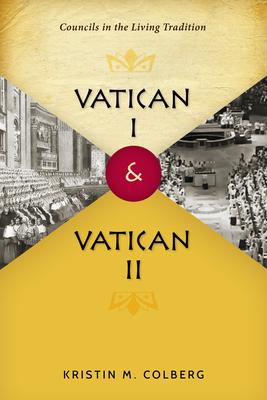Vatican I and Vatican II represent two of the three ecumenical councils in modern times, yet relatively few studies have sought to understand their relation to one another. In fact, the councils are often positioned as mutually exclusive so that one must choose either Vatican I's or Vatican II's presentations of church and ecclesial authority. Failing to understand the relationship between these councils inhibits the church's self-understanding and risks misinterpreting key aspects of its own tradition; further, it limits the church's ability to teach effectively on topics of concern to modern women and men, such as authority, freedom, and ecclesiology. Vatican I and Vatican II: Councils in the Living Tradition uses the questions of what, why, and how the councils taught to frame and demonstrate significant points of continuity, complementarity, and difference between them. It argues that only by seeing both Vatican I and Vatican II as communicating vital dimensions of the Christian faith can the church's living tradition be fully appreciated and speak meaningfully to modern Christian women and men.?

Vatican I and Vatican II: Councils in the Living Tradition
Vatican I and Vatican II represent two of the three ecumenical councils in modern times, yet relatively few studies have sought to understand their relation to one another. In fact, the councils are often positioned as mutually exclusive so that one must choose either Vatican I's or Vatican II's presentations of church and ecclesial authority. Failing to understand the relationship between these councils inhibits the church's self-understanding and risks misinterpreting key aspects of its own tradition; further, it limits the church's ability to teach effectively on topics of concern to modern women and men, such as authority, freedom, and ecclesiology. Vatican I and Vatican II: Councils in the Living Tradition uses the questions of what, why, and how the councils taught to frame and demonstrate significant points of continuity, complementarity, and difference between them. It argues that only by seeing both Vatican I and Vatican II as communicating vital dimensions of the Christian faith can the church's living tradition be fully appreciated and speak meaningfully to modern Christian women and men.?